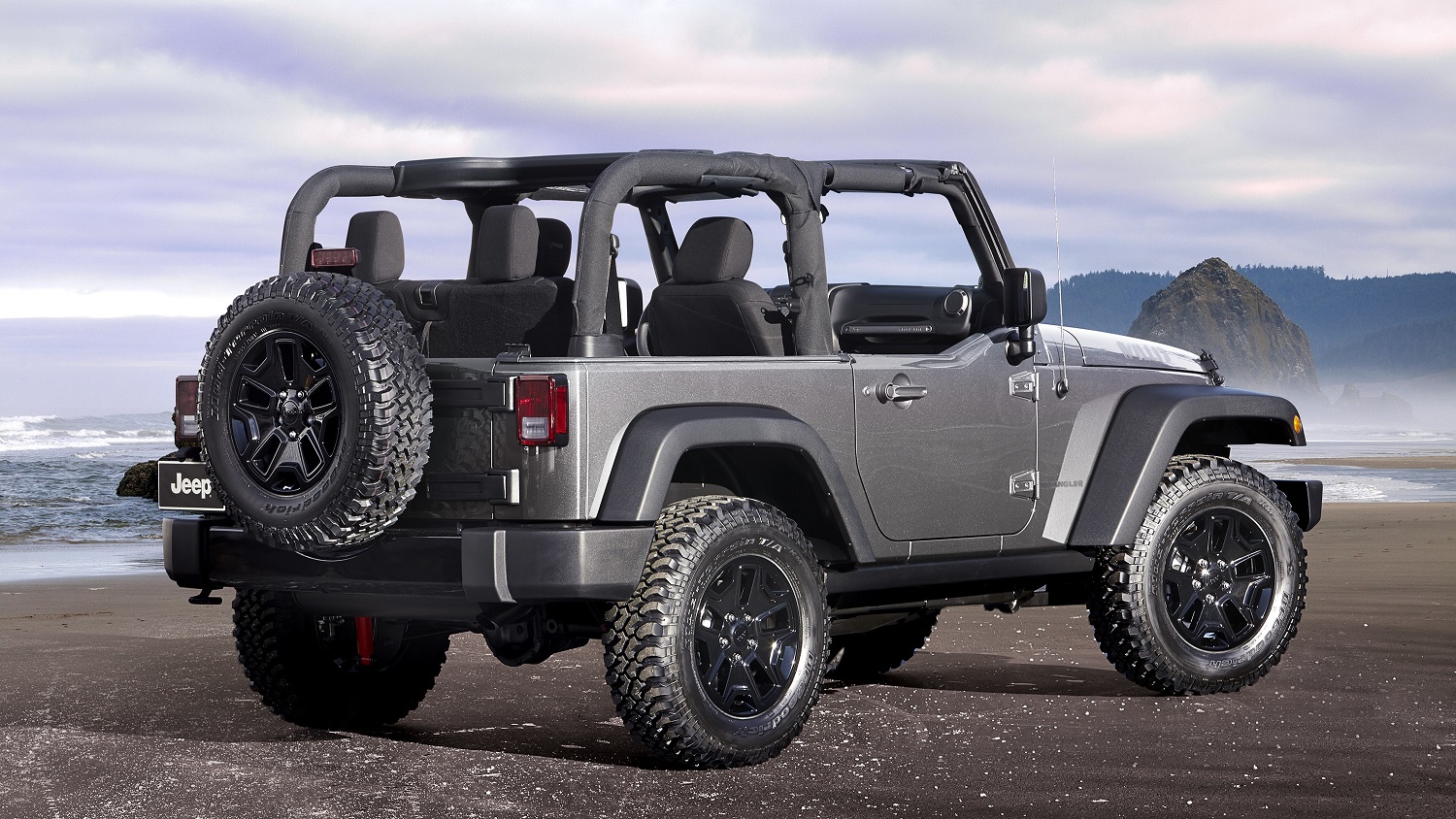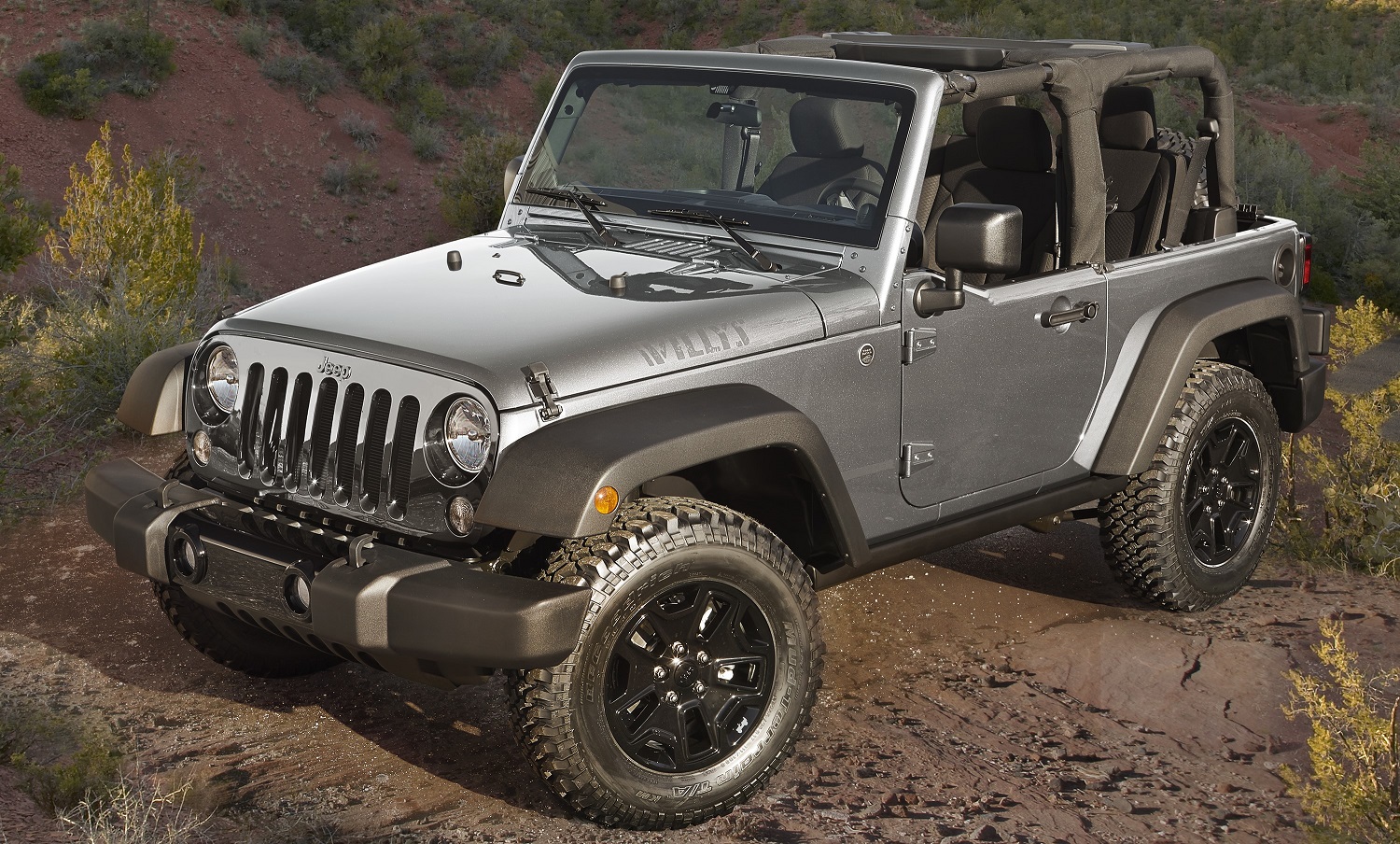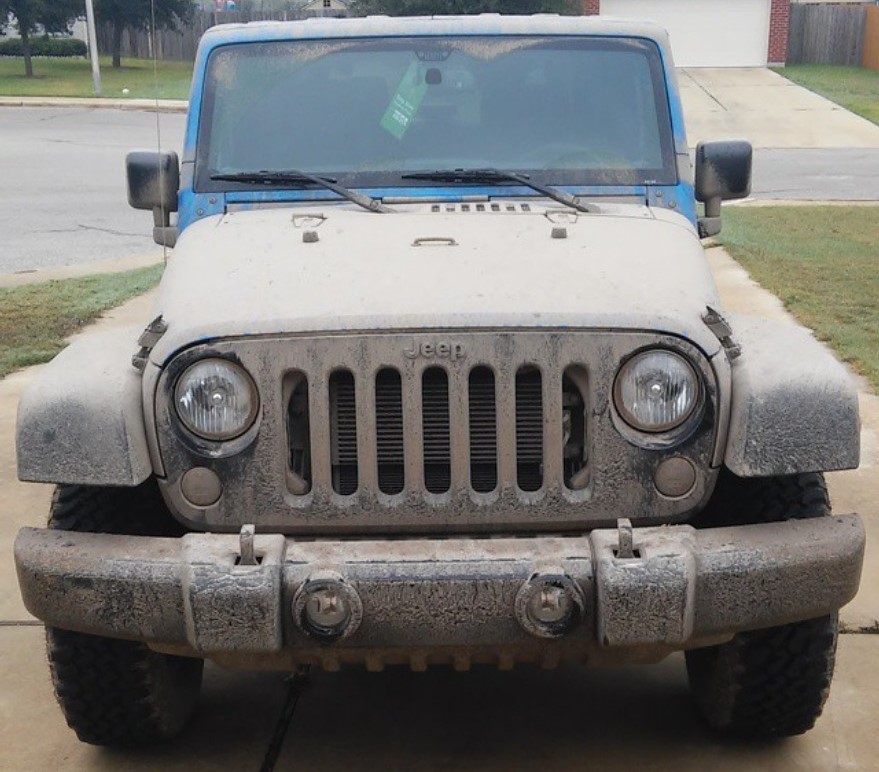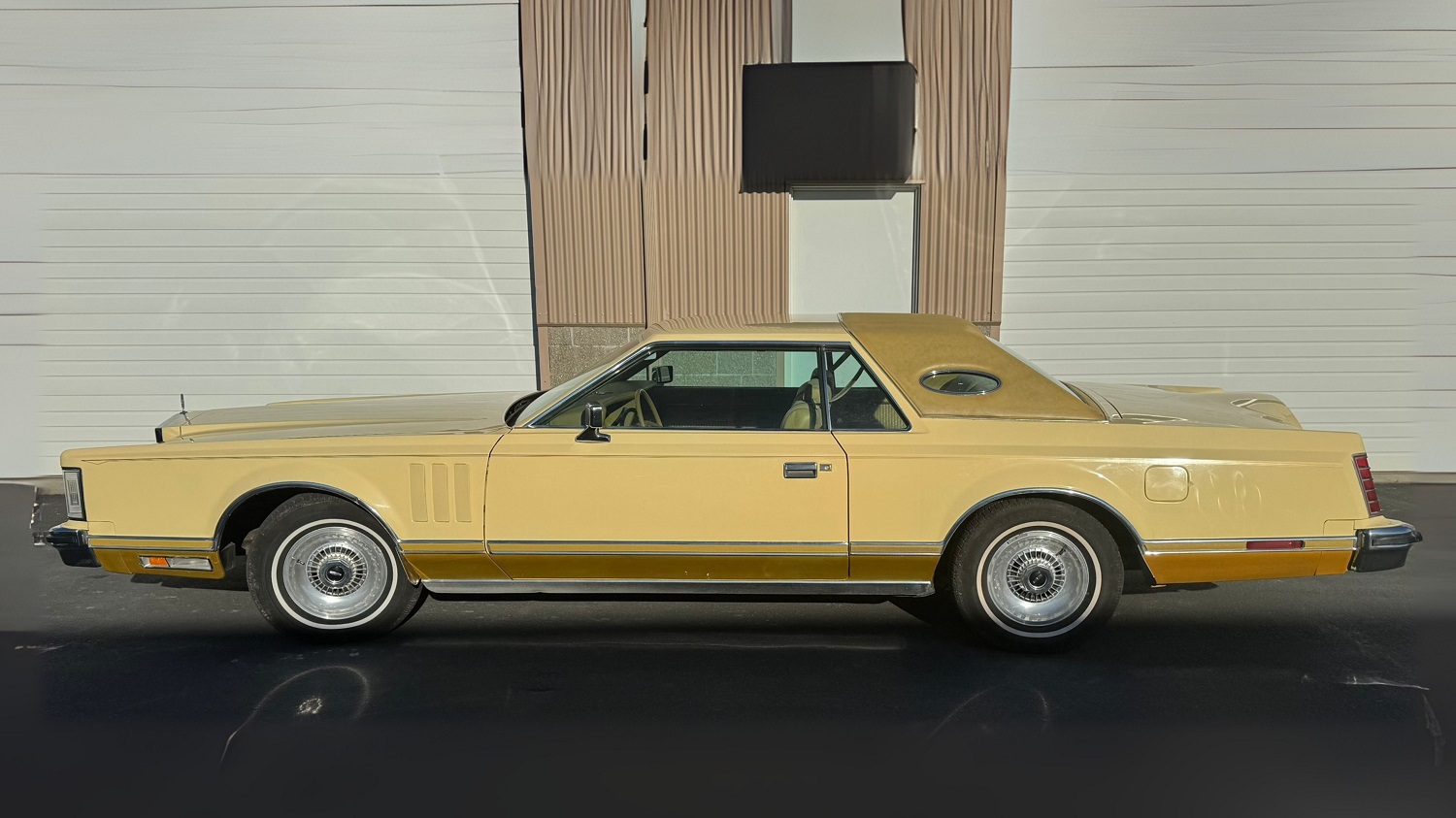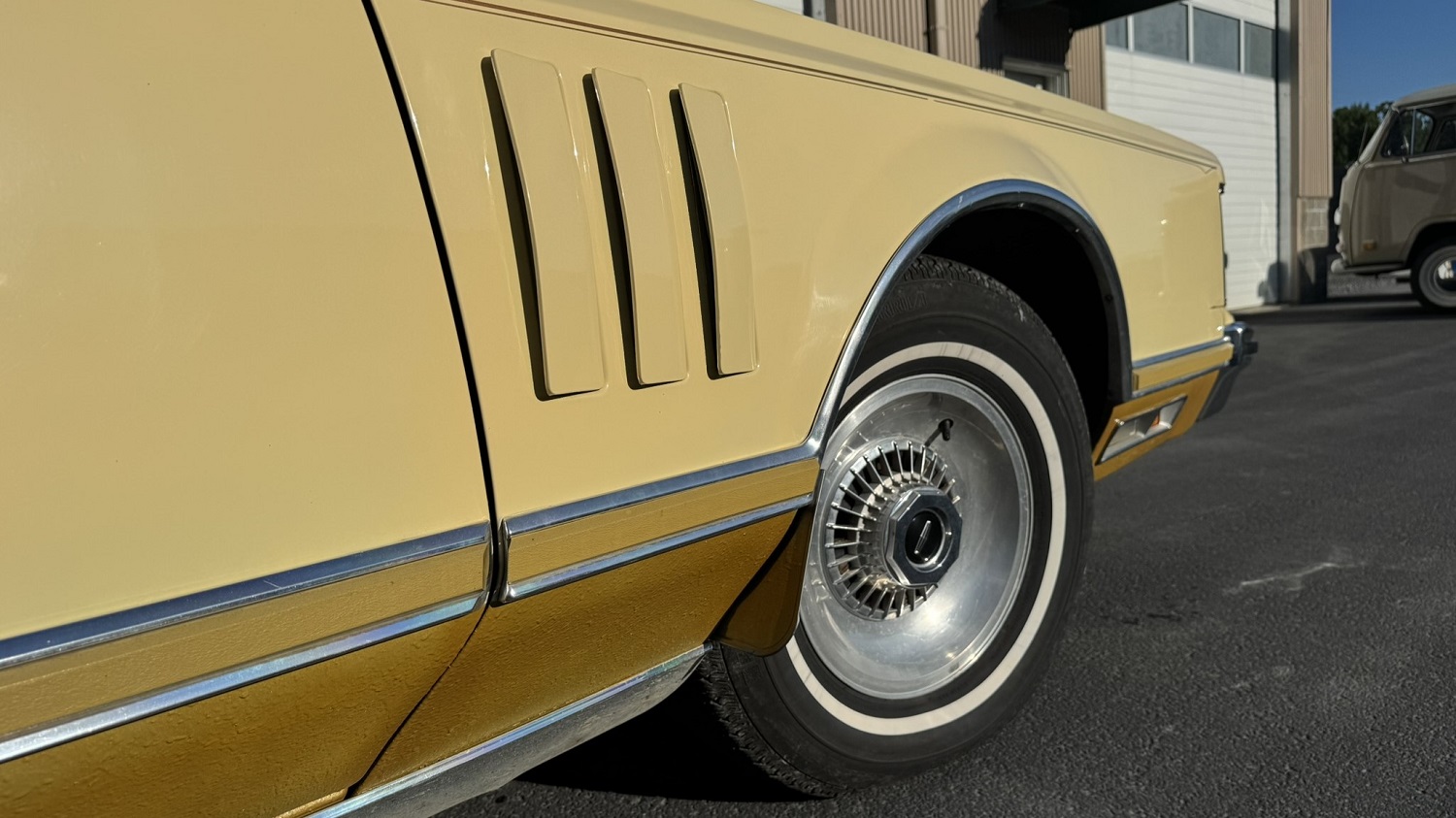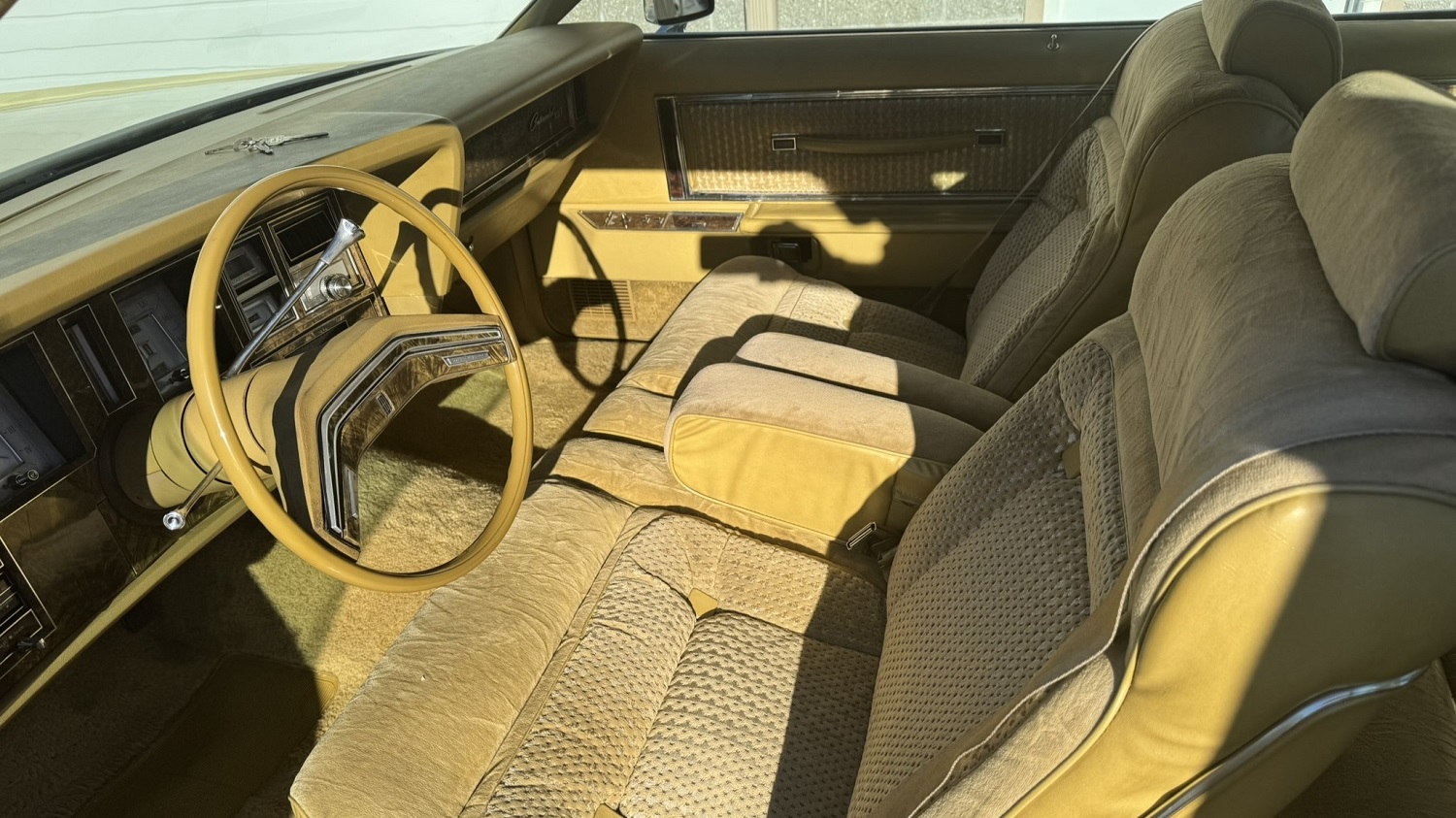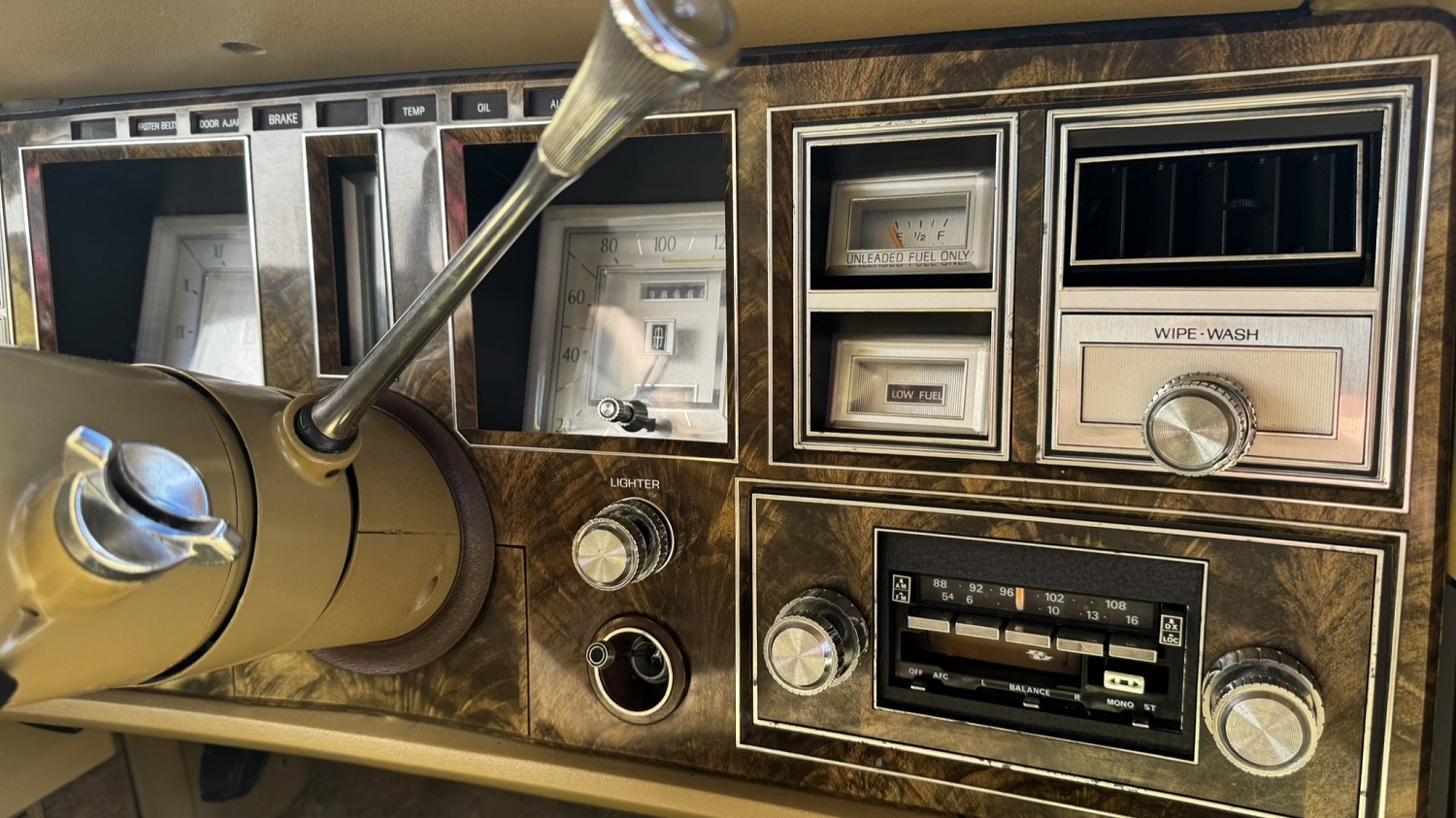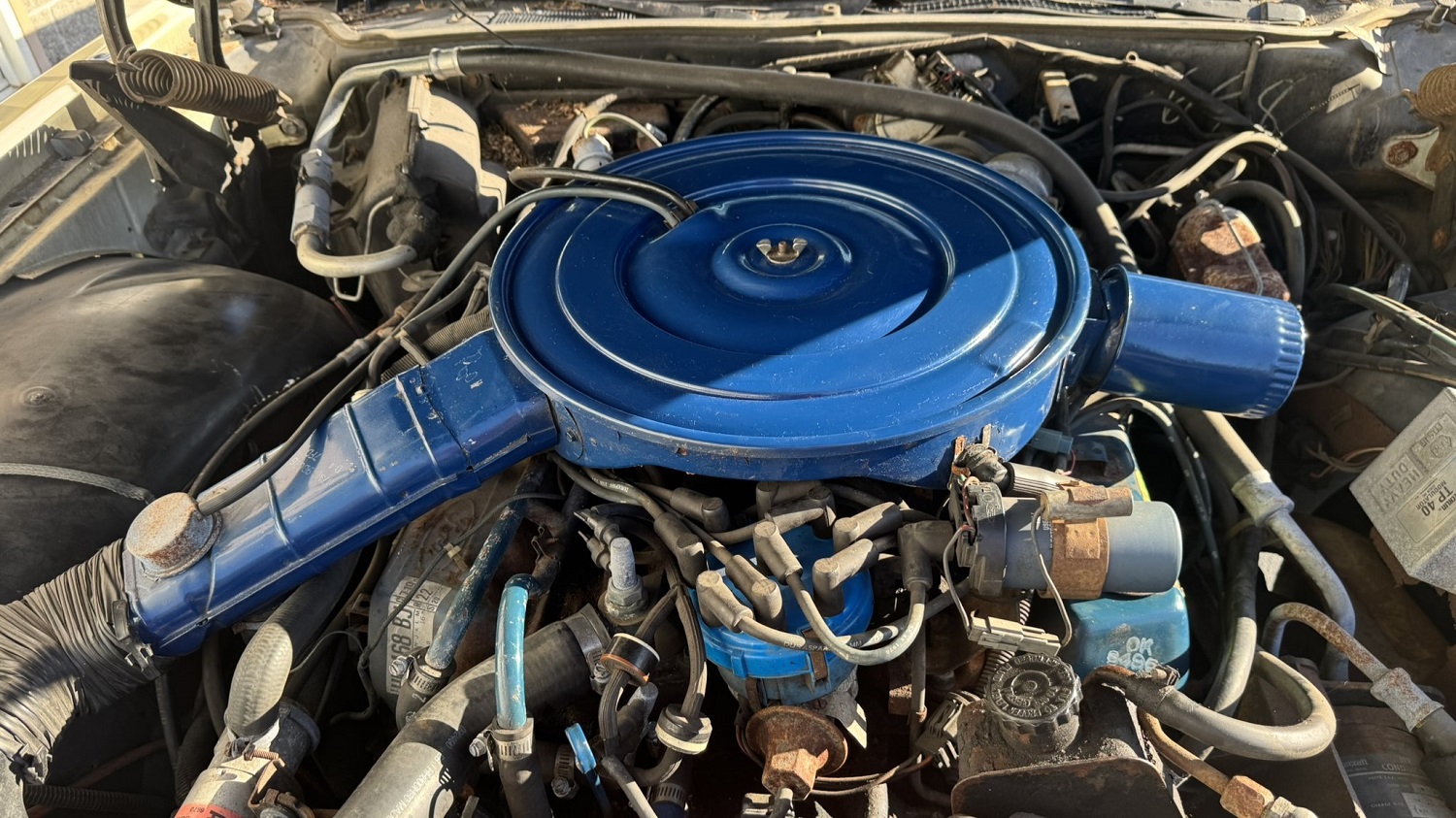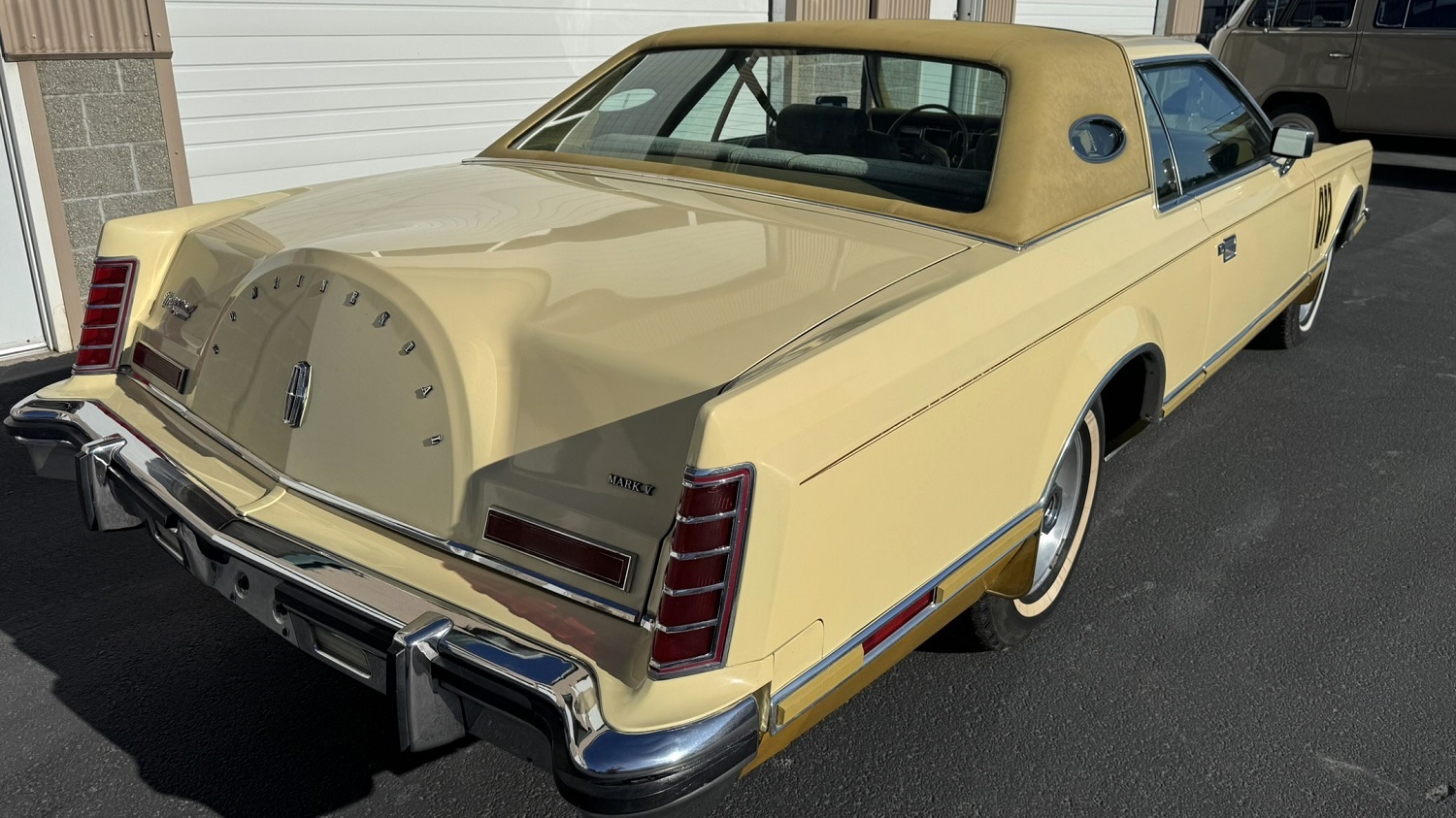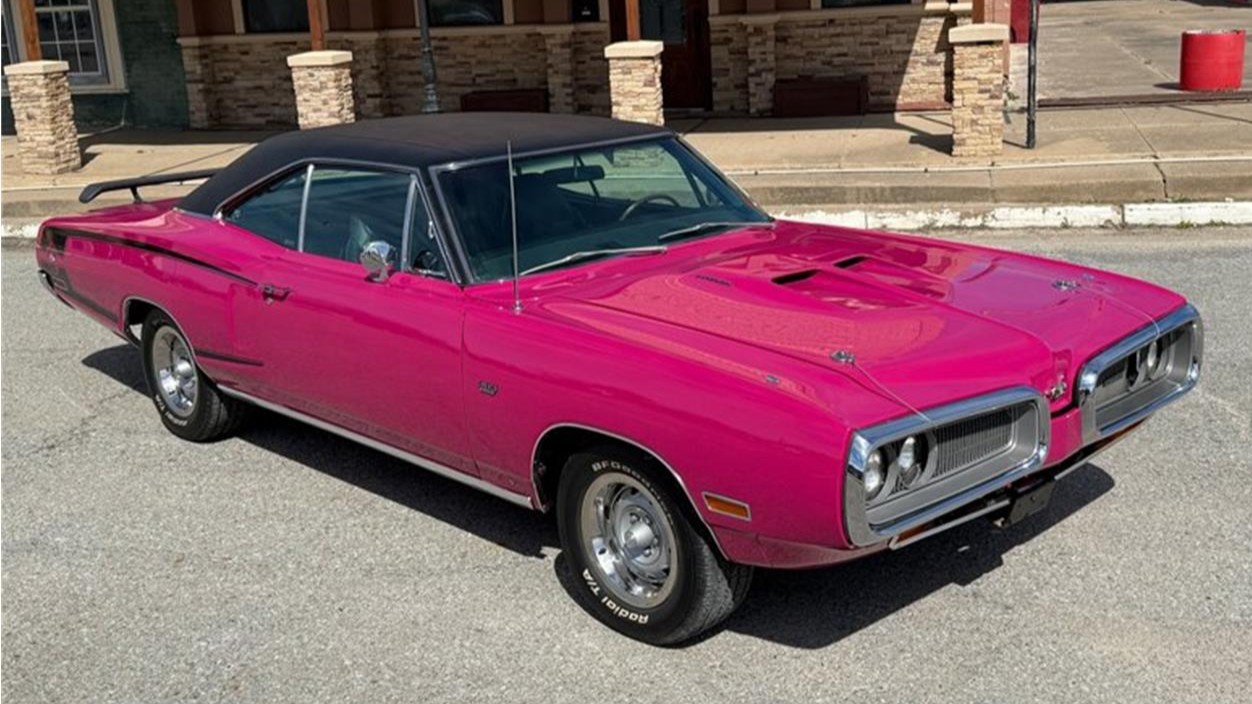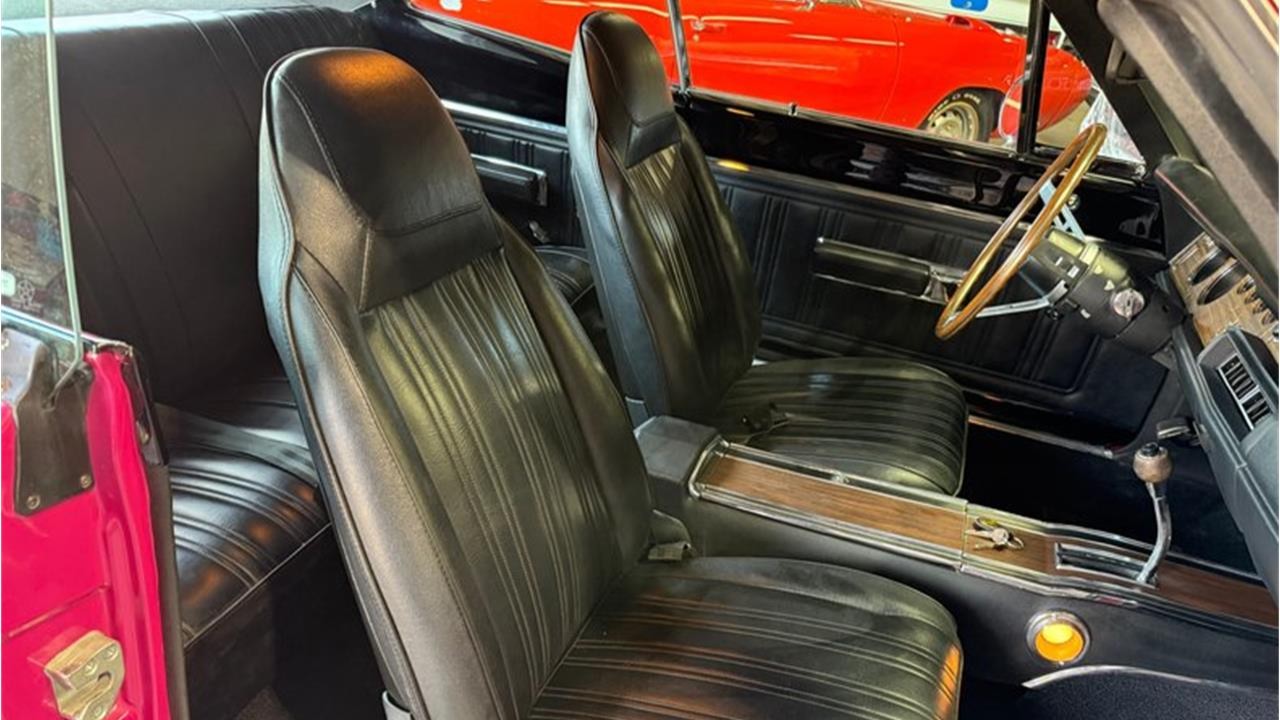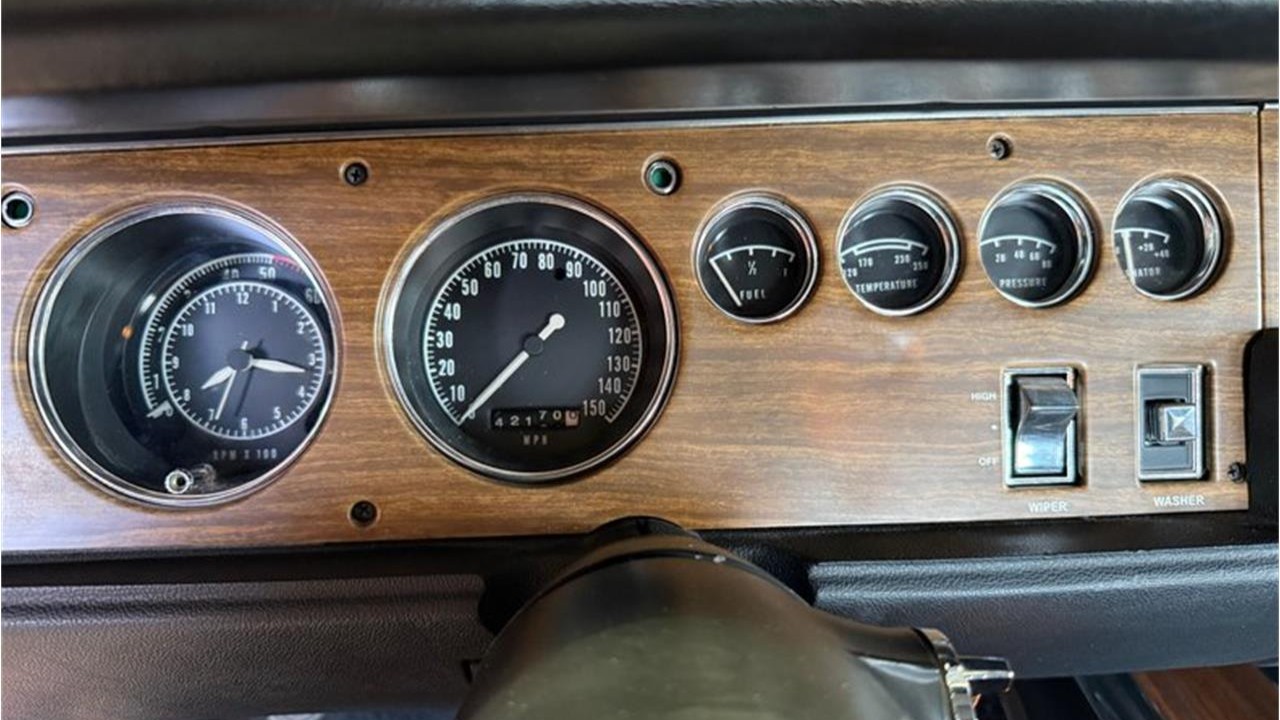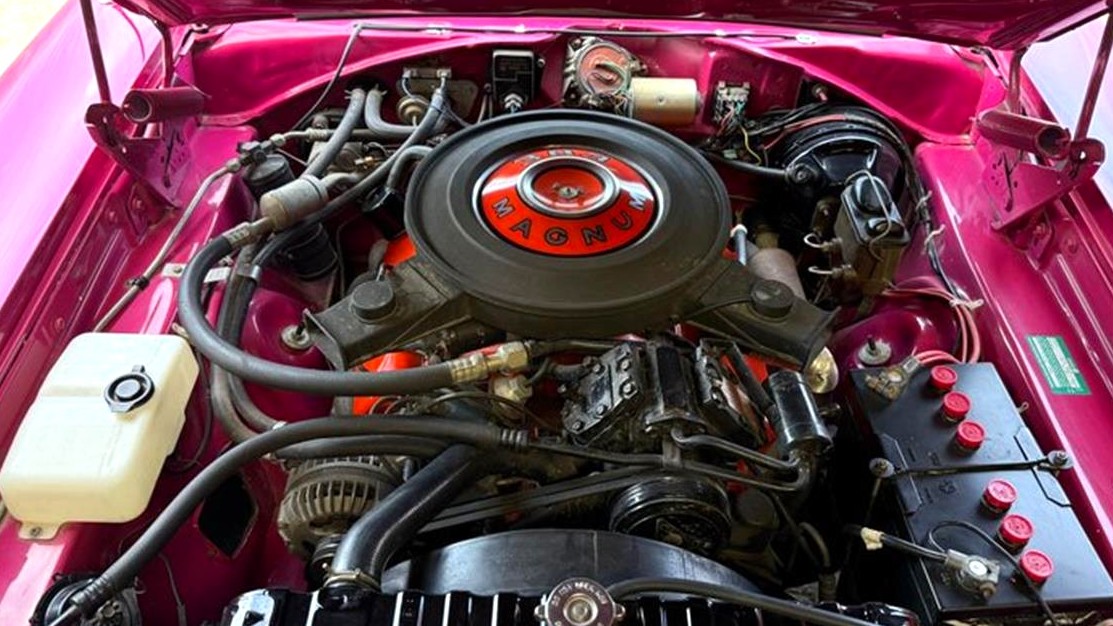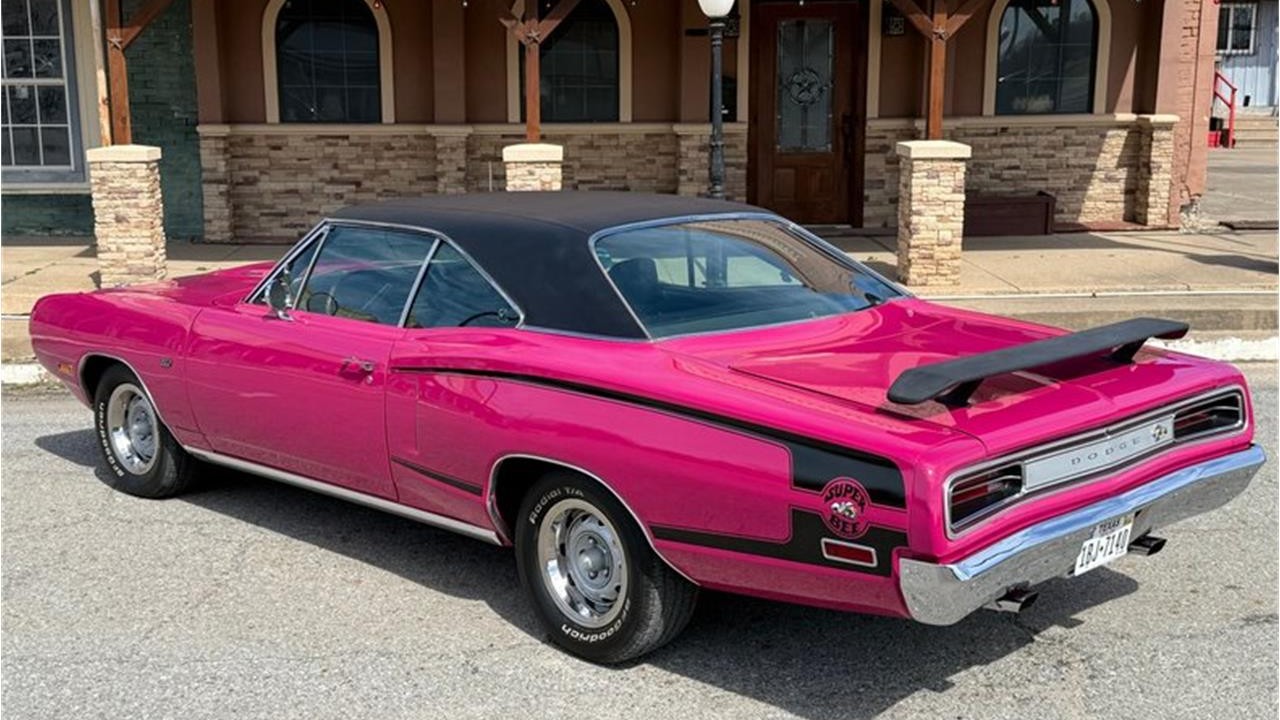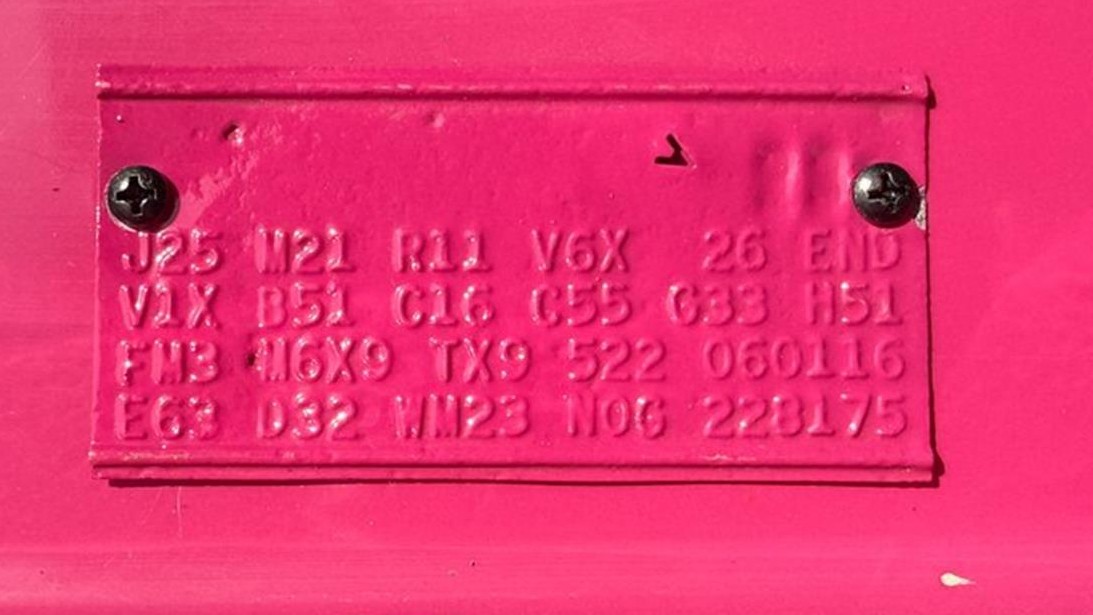Almost two years ago, AutoHunter featured a very unique 1970 Chevrolet Chevelle SS 454. One thing that was unusual was the C-pillar trim that generally was used on two-tone cars and vehicles ordered with a vinyl top, even though this Chevelle was monotone. The other special aspect of this Bow Tie was the color, something that was introduced for Chevelles in the middle of the model year—but only in Canada.
I was reminded of this car thanks to Adrian Clements, my Ford-loving friend whose videos I’ve occasionally featured here at The ClassicCars.com Journal. He showed me this newspaper clipping from the January 2, 1970 edition of the Windsor (Ontario) Star.
The new colors were Citrus Green (43), Nugget Gold (53), Sandpiper Beige (61), and Caramel Bronze (62). Both Citrus Green and Nugget Gold were regular-production (RPO) colors for the 1970 Camaro, with the latter known as Camaro Gold; all four hues were introduced to most Canadian full-size Chevrolets and Chevelles per the below marketing sheet.
Sandpiper Beige had been a 1970 Buick Riviera color that also was known as Sandalwood for the 1970 Oldsmobile Toronado; this color became RPO for 1971 for all Chevrolets save the Corvette, with assorted names for most car lines within GM. Nugget Gold had been an extra-cost color for 1970 Oldsmobiles (specified as “special-order”); this color was not carried over into 1971.
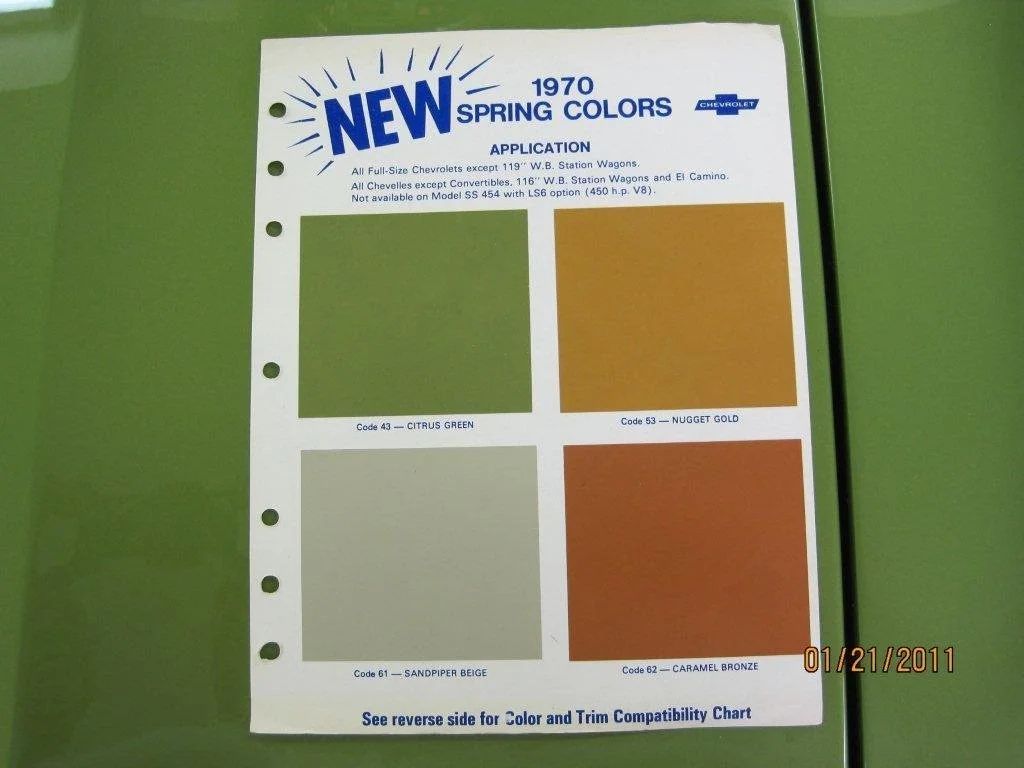
Caramel Bronze was a new color that appears to be more enigmatic, as I cannot find much information on this color at all. It’s listed on the 1970 Corvette color chip page, but production records show Corvette Bronze as a similar color that was utilized. On a hunch, I’m betting that Caramel Bronze was the color that became an RPO for most car lines within the 1971 GM lineup, with Chevrolet calling it Burnt Orange metallic.
As you can see from the news clipping, Canadian Pontiacs also were available with these mid-year colors, though several hues featured different names. Keylime Green and Coronado Gold were Firebird colors mainstreamed to other Canadian 1970 Pontiacs; Sandpiper Beige became Sandalwood for 1971 for all Pontiacs from Detroit, with Caramel Bronze possibly being 1971’s Canyon Copper.
The below chart gives an easy look on how Chevrolet and Pontiac (among others) handled these (Canadian) colors in 1970-71.
| 1970 Color Code | Brand | Name | Continued into 1971? |
| 43 | Chevrolet | Citrus Green | No |
| Pontiac | Keylime Green | No | |
| 53 | Chevrolet | Nugget Gold Camaro Gold |
No |
| Pontiac | Coronado Gold | No | |
| Oldsmobile | Nugget Gold | No | |
| 61 | Chevrolet | Sandpiper Beige | Sandalwood |
| Pontiac | Sandpiper Beige | Sandalwood | |
| Oldsmobile | Sandalwood | Sandalwood | |
| Buick | Sandpiper Beige | Sandpiper Beige | |
| 62 | Chevrolet | *Caramel Bronze | *Burnt Orange |
| Pontiac | *Caramel Bronze | *Canyon Copper | |
| Oldsmobile | N/A | Bittersweet Mist | |
| Buick | N/A | Bittersweet |
If you’re a knowledgeable type, able to sort this out beyond what has been done here, we would love to obtain your feedback.



